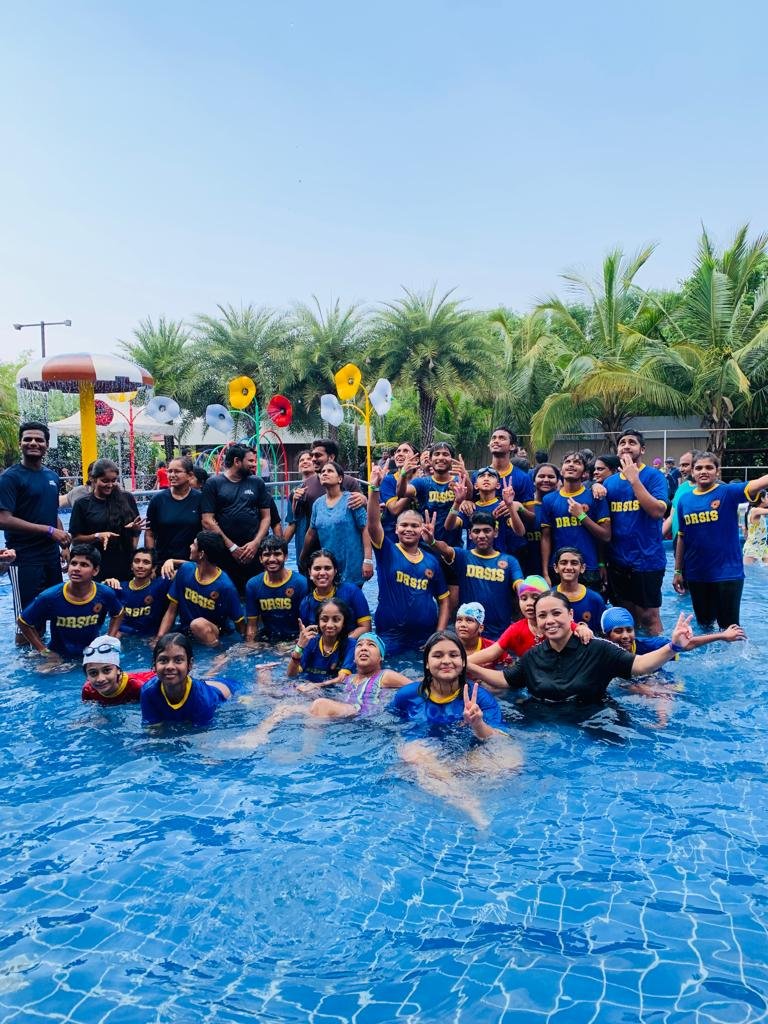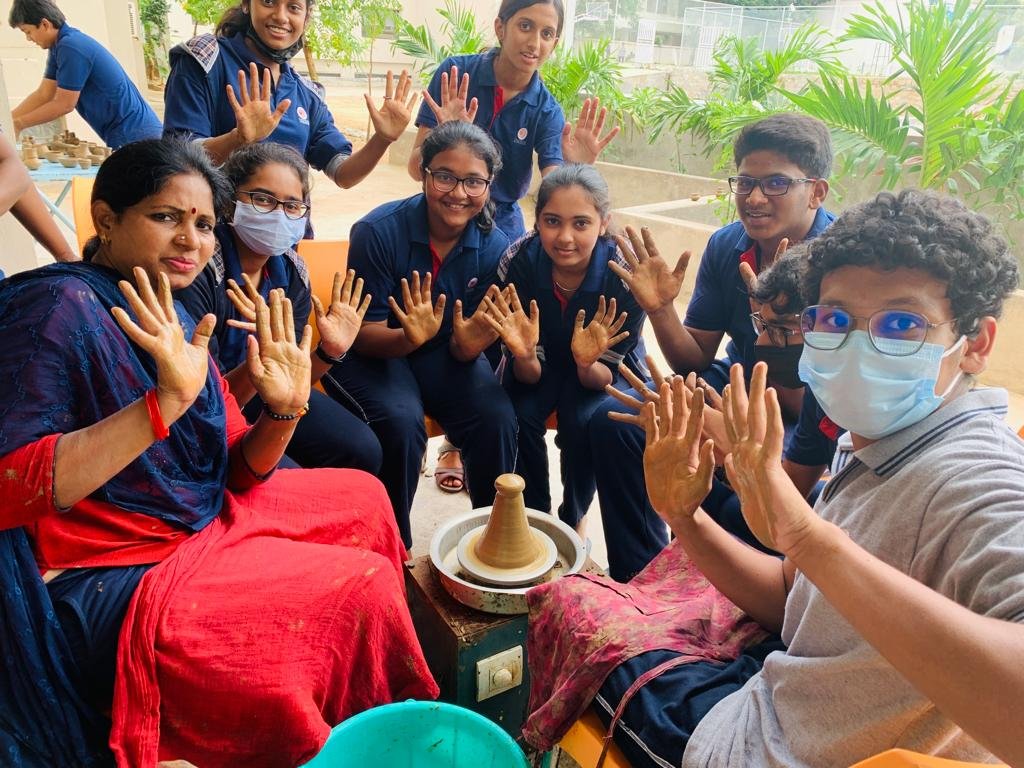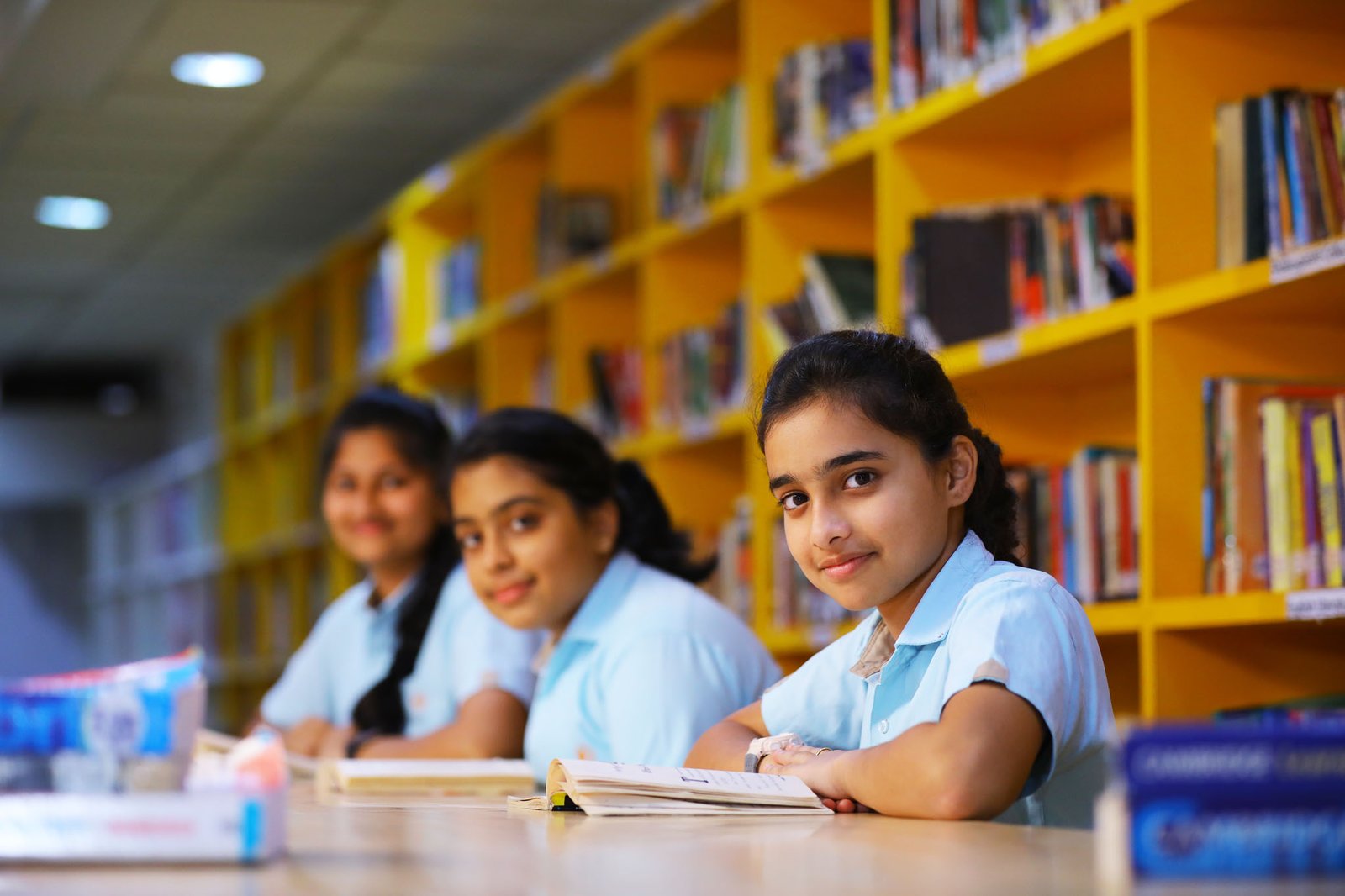How do Schools Help Students Think Creatively?
Creative Thinking is the ability to analyse something in a new way. It includes lateral thinking which is thinking out of the box to solve complex problems in a creative approach. Creative thinking is to devise new ways to carry out tasks and meet challenges.
Creative Thinking always starts with imagination and it isn’t something that students acquire overnight. Schools help students in developing creative skills through active participation in school academics, programs, clubs, activities, etc. Creativity and innovation have a thin line of difference which is focus! Creativity is about unleashing the potential of the mind to conceive new ideas. Innovation is completely measurable which is introducing impeccable change into existing stable systems. Since creating is the highest order of thinking, it should be at the forefront of all learning environments. Creative thinking is a vast, ever-changing and key skill for the future.
DRSIS – A Pathway to Creative Thinking
The classroom environment is one of the most important places to start encouraging and nurturing creativity in young minds. While designing learning experiences, teachers can frame the curriculum in accordance with the creative abilities which students grow with time. To enhance creative thinking, classrooms are designed in a way to –
- Set up learning activities that allow students to explore their creativity in interesting ways.
- Encourage multiple ways to solve a problem
- Value creativity and reward it
- Give the students space and a framework in which they can be creative
- Inspire students to take risks in implementing their ideas
- Focusing on teaching students about how to think rather than what to think, to develop their cognitive mindedness
- To turn students into lifelong learners
Investigation stands as one of the hallmarks of creative thinking. Embracing creative thinking in the classroom is a great way to challenge the notion of static learning. A good classroom environment always has some elements of creativity which make curriculum and school academics more interesting. The ideal blend of classroom and curriculum helps students to be innovative and encourages them to learn new things. By empowering students to push the boundaries, educators need to encourage and build confidence and self-esteem in students.
Creative classrooms can bring a transformational shift in gaining knowledge for students and applying them in real life. Creative young minds at school are identified with certain characteristics such as –
- Curious in search of finding answers to questions
- Showing interest in new things
- Extraordinary responses for ordinary situations
- Focus on divergent thinking in seeking multiple answers and ideas
- High intrinsic motivation and self-discipline
- Persistent and devoted to work
- Having the high risk-taking capacity
- Good at elaborating, adapting, modifying the original ideas
- Dream high and work towards achieving the goal
- Enjoy the friendship of creative peers
- Seldom pay attention to grade/rank
- Prefer to work alone near to completing a task
Creative Thinking requires research, bravery, risk-taking and perseverance. Students should not fear mistakes or criticism but should see them as an opportunity to grow. The inter-relationship between teachers, parents and students becomes the bedrock of students’ learning lifestyle. Teachers and parents can use several methods to foster students’ creativity because enhancing creative skills can make students determined to various opportunities. They need to unfold and foster students’ creativity. This can make learning more fun and lead to joy and positive emotional engagement in students.
Creative thinking helps students in problem-solving, contributes to their satisfaction in life and gives them a sense of purpose. Creative Thinking, being the most important aspect of problem-solving, can be encouraged in classrooms that help students think out of the box and be more imaginative and innovative. Unlike the conventional teaching methods, creative classrooms give them the opportunity to express themselves. This enhances learning by increasing innovation, deepening understanding and promoting joy.
Schools became one of the founding learning spaces in nurturing young minds in creative thinking. There is no end to the ways that creative thinking can be supported in classrooms and in the ways that technology can support and enhance creativity.














